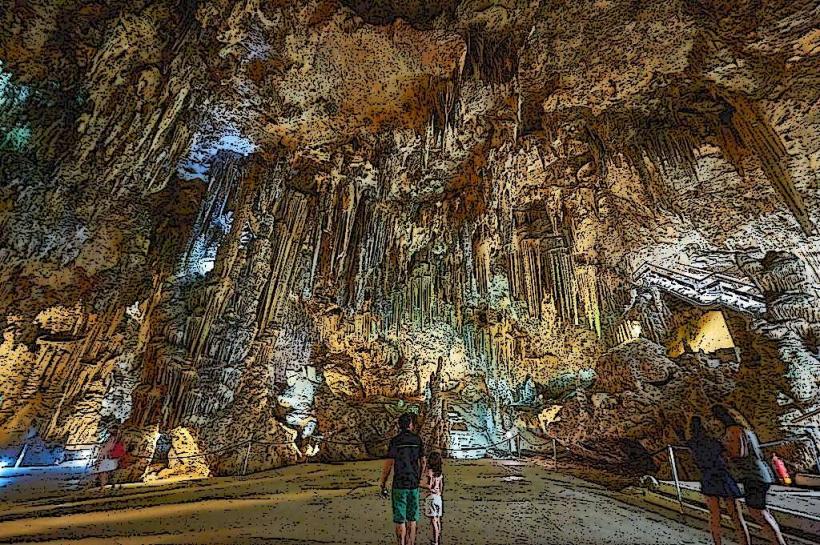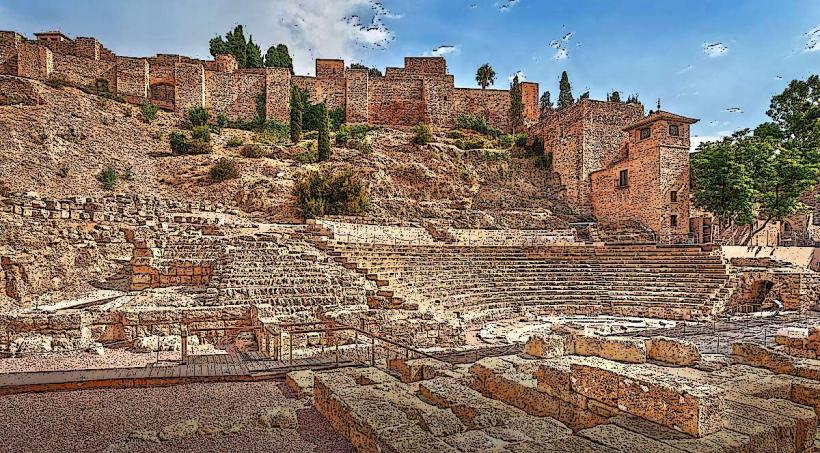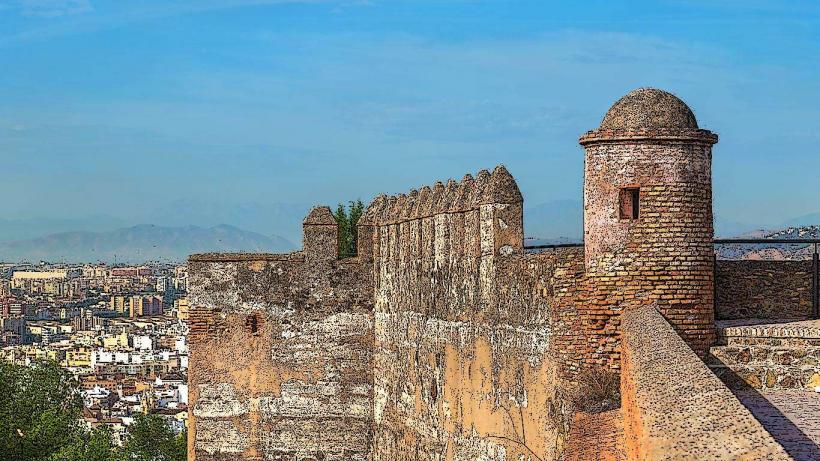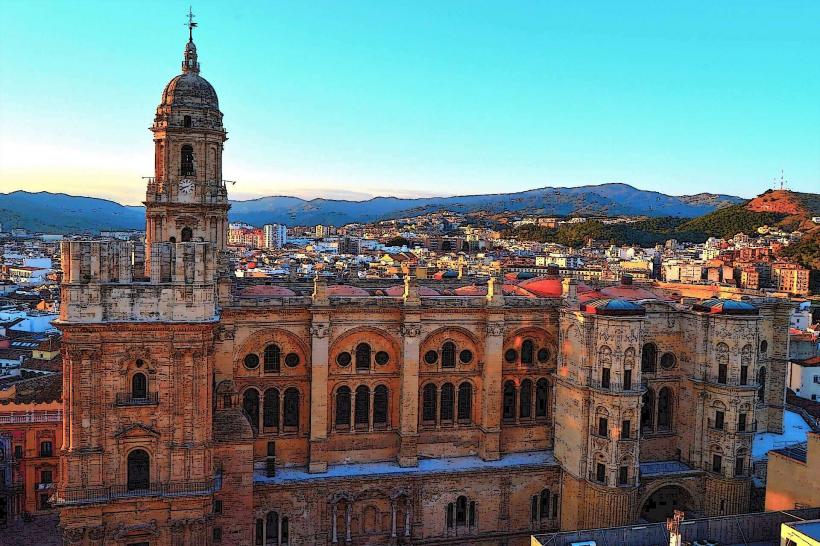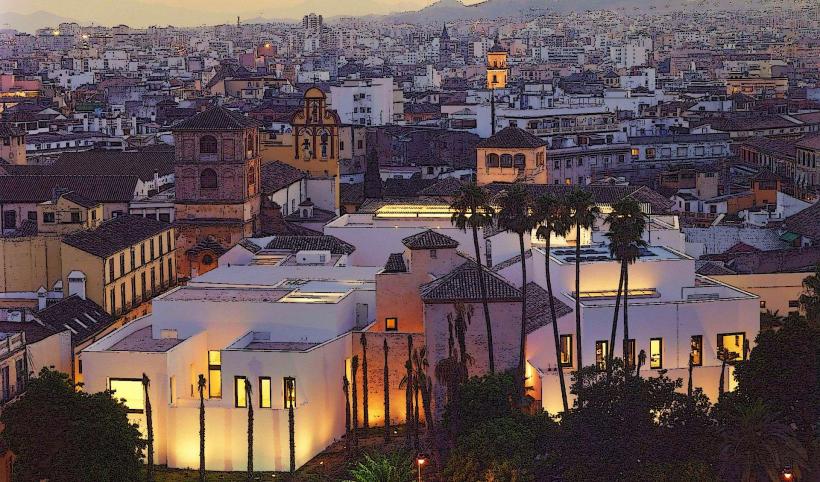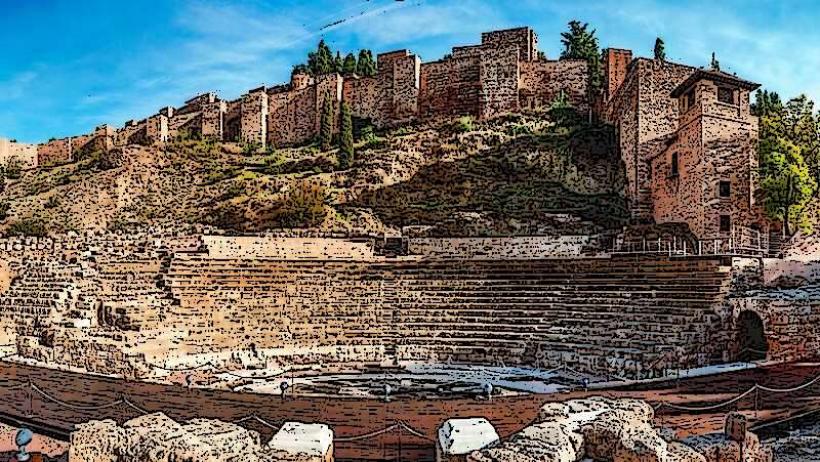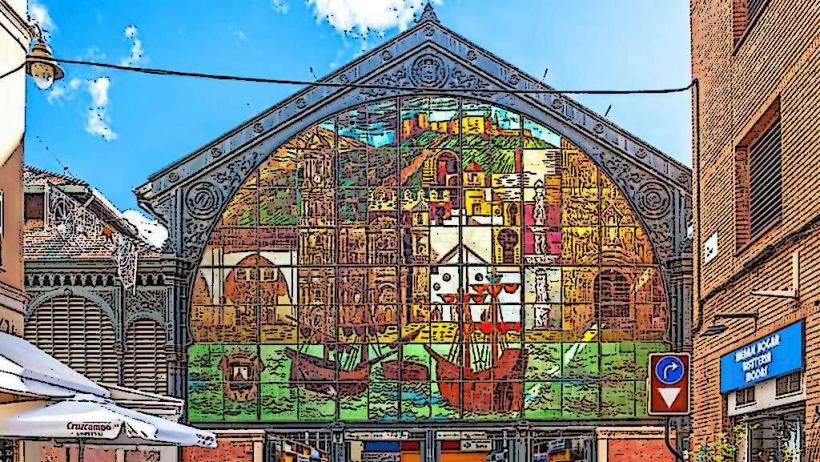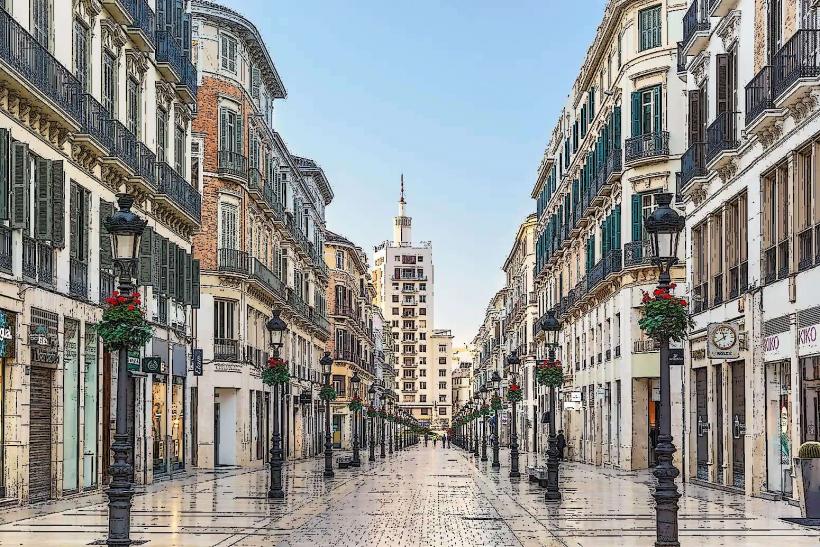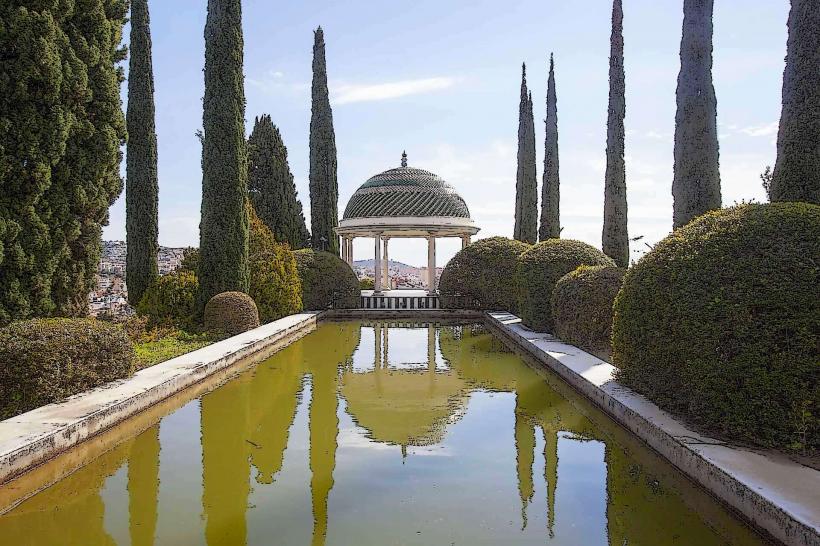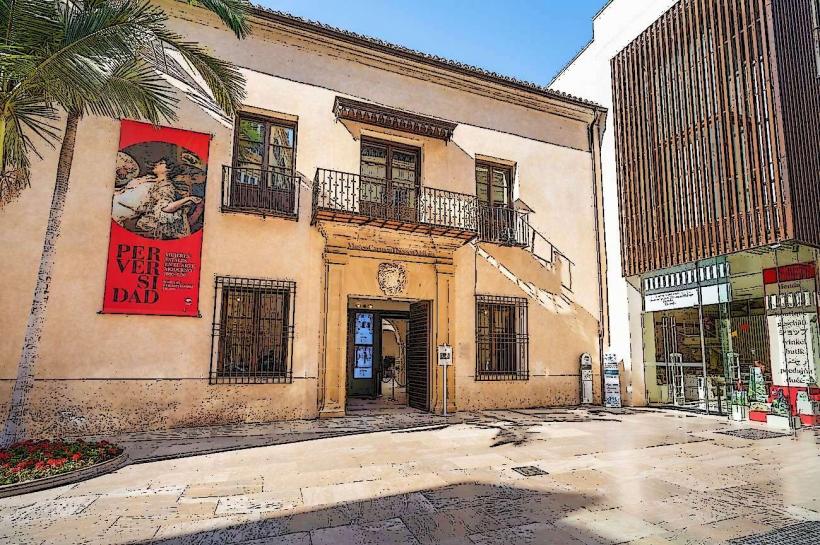Information
Landmark: Plaza de Toros RondaCity: Malaga
Country: Spain
Continent: Europe
The Plaza de Toros in Ronda, located in the province of Málaga in southern Spain, is one of the most famous and historically significant bullrings in Spain. It is not only an iconic symbol of Ronda's deep-rooted tradition of bullfighting but also an architectural and cultural landmark that attracts visitors from all over the world. The Plaza de Toros de Ronda is recognized for its impressive design and historical importance in the world of bullfighting.
Key Features of Plaza de Toros, Ronda:
Historical Background:
- The Plaza de Toros was built in 1785, making it one of the oldest bullrings in Spain. It was designed by the architect José Martín de Aldehuela, who also contributed to the design of the Puente Nuevo (New Bridge) in Ronda.
- The bullring was commissioned by the Royal Cavalry of Ronda (Real Maestranza de Caballería de Ronda), an influential organization that played a key role in the cultural and social life of the town. The construction was aimed at giving the town a venue for its traditional bullfighting events, which were popular at the time.
Architectural Design:
- The Plaza de Toros de Ronda is a neoclassical structure, with a circular design. It is made primarily of stone and brick, and its most distinctive feature is its classic arcaded structure. The arena is surrounded by 18 arches that support the upper levels, creating a beautiful colonnade.
- The bullring has a capacity of around 5,000 spectators, making it one of the larger bullfighting arenas in Spain. The seating is divided into different sections, with the best seats historically reserved for the town’s aristocracy.
- The ring itself is one of the oldest bullfighting rings still in use and remains a prime example of Spanish bullring architecture.
Significance in Bullfighting History:
- The Plaza de Toros de Ronda holds a special place in the history of bullfighting. It is famously associated with one of Spain’s most celebrated bullfighters, Juan Belmonte, who was born in Ronda. Belmonte is considered one of the most influential bullfighters of the early 20th century and revolutionized the art of bullfighting. His legacy is tied to the arena and is remembered during various events.
- The bullring also hosted Spain’s first modern bullfighting contest, which helped shape the contemporary style of bullfighting. The tradition of bullfighting in Ronda continues to this day, and the arena is still used for major bullfighting events, especially during the Feria de Pedro Romero festival in September.
The Bullfighting Museum:
- Inside the Plaza de Toros, visitors can explore the Bullfighting Museum (Museo Taurino), which showcases the rich history of bullfighting in Ronda and Spain. The museum contains paintings, photographs, costumes, and trophies related to famous bullfighters, including Juan Belmonte, Manolete, and other key figures in the world of Spanish bullfighting.
- The museum also provides insights into the rituals, traditions, and cultural significance of bullfighting in Spain. It is a fascinating place for those interested in the art and history of this controversial yet important cultural practice.
Cultural Significance:
- Ronda, as a town, has a long-standing connection to bullfighting, and the Plaza de Toros is a central symbol of the town's heritage. The bullring is deeply woven into the cultural fabric of Ronda and Andalusia, embodying the traditional Spanish passion for bullfighting and the ritualistic nature of the sport.
- The Plaza de Toros also serves as a cultural venue for a variety of events. Besides bullfights, it hosts other cultural performances, such as classical music concerts, theatrical performances, and festivals.
Location and Views:
- The Plaza de Toros is situated near the heart of Ronda's Old Town, making it easily accessible to visitors exploring the city. It is located just a short walk from the Puente Nuevo (New Bridge), one of Ronda’s most famous landmarks, and offers stunning views of the surrounding Serranía de Ronda mountains and the Tajo Gorge.
- The area around the bullring has been well-preserved, and visitors can stroll through the quaint streets and picturesque squares of Ronda before or after visiting the bullring.
Visitor Experience:
- Guided Tours: Visitors can take guided tours of the bullring and the museum to learn about its history, architecture, and cultural significance. The guides provide in-depth knowledge about the traditions of bullfighting and the personalities associated with the arena.
- Bullfights and Events: The Plaza de Toros hosts several bullfighting events each year, particularly during the Feria de Pedro Romero. During this festival, bullfighters from all over Spain gather to compete in front of a large crowd, and it is a great opportunity to experience the spectacle of bullfighting in the historic arena.
- Photography: The bullring itself, with its impressive architecture and surrounding views of Ronda, offers fantastic photo opportunities. Visitors often take photos of the arena’s grand entrance, the arches, and the beautiful scenery of the countryside.
Nearby Attractions:
- Puente Nuevo: The famous bridge that spans the Tajo Gorge, offering breathtaking views of the valley and the surrounding mountains.
- Baños Árabes: The Arab Baths of Ronda, a historic site that dates back to the 13th century, when the Moors controlled the region. The baths provide a glimpse into Ronda's medieval past.
- Plaza Duquesa de Parcent: A beautiful square near the bullring, surrounded by historical buildings and ideal for a leisurely stroll.
Conclusion:
The Plaza de Toros de Ronda is not just a bullring, but an integral part of the cultural and architectural heritage of the town. Its significance as a symbol of Ronda’s bullfighting tradition, its stunning neoclassical design, and its role in hosting major cultural events make it a must-visit for anyone interested in Spanish history and culture. Whether you're a fan of bullfighting or simply appreciate beautiful architecture, a visit to the Plaza de Toros offers a unique glimpse into the traditions and history of Andalusia.

